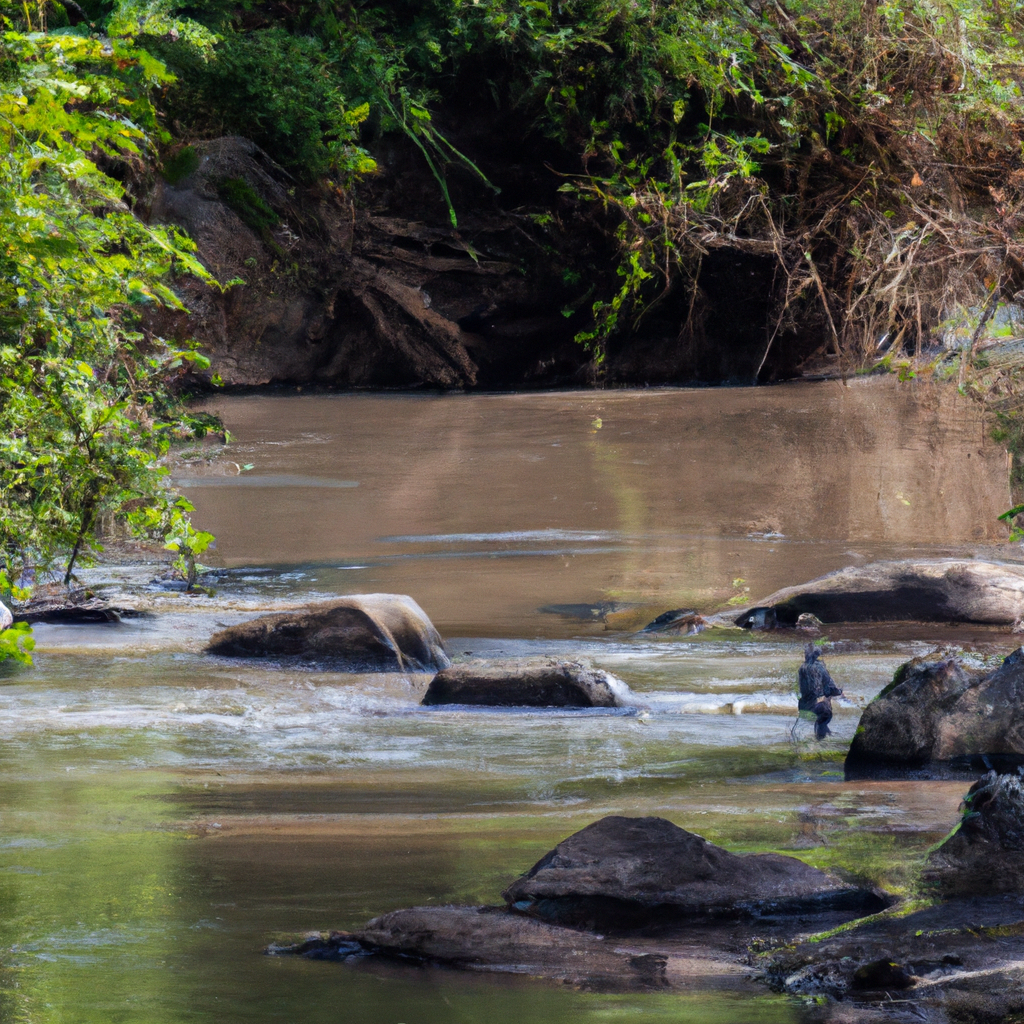
Water is a vital resource for all life on Earth. It sustains ecosystems, supports wildlife, and provides countless benefits to humans. However, the development and management of waterworks, such as dams, canals, and reservoirs, have had profound and often devastating impacts on the delicate balance of wildlife and ecosystems. In this article, we will delve into the dark side of waterworks and explore the wide-ranging consequences they have on our environment.
The Creation of Waterworks
Waterworks, including dams, reservoirs, and canals, are constructed to harness and control water resources for various purposes, such as irrigation, hydroelectric power generation, and water supply. While these projects have undoubtedly provided immense benefits to human societies, their construction and operation have come at a great cost to wildlife and ecosystems.
Disruption of Aquatic Ecosystems
One of the most significant impacts of waterworks is the disruption of aquatic ecosystems. Dams, in particular, alter natural river flow patterns, which can have far-reaching consequences downstream. These alterations can disrupt the migration patterns of fish species, hinder their ability to spawn, and fragment their habitats. The loss of connectivity between different sections of rivers can lead to the decline or even extinction of certain fish populations.
Additionally, reservoirs created by waterworks often result in the inundation of large areas of land, including forests and wetlands. This submergence destroys valuable habitats for a wide range of species, displacing wildlife and diminishing biodiversity. The loss of these ecosystems can have cascading effects on the food chain and disrupt the delicate balance of nature.
Threats to Wildlife
Waterworks pose numerous threats to wildlife that rely on aquatic habitats. The alteration of natural river flows can impact the availability of food sources, breeding grounds, and shelter for many species. Fish, in particular, are heavily affected, as dams can block their migration routes and hinder their ability to find suitable spawning grounds. The decline in fish populations can have severe consequences for predatory species, such as birds and mammals, that depend on them for sustenance.
Furthermore, the creation of reservoirs often leads to the formation of stagnant water bodies, which can become breeding grounds for disease-carrying insects, such as mosquitoes. This increased presence of vectors poses a threat to both humans and wildlife, as it can lead to the spread of infectious diseases.
Alteration of Natural Flood Cycles
Waterworks can also disrupt the natural flood cycles of rivers. Dams, in particular, are designed to regulate water flow, which can prevent regular flooding events. While this may seem beneficial from a human perspective, as it helps protect communities from flooding, it can have negative consequences for ecosystems.
Floods play a crucial role in maintaining the health and productivity of riparian habitats. They replenish nutrients, flush away sediment buildup, and create dynamic conditions that support diverse plant and animal communities. The alteration of flood cycles can therefore lead to the degradation of these habitats, resulting in the loss of biodiversity and the decline of species that rely on them.
Impacts on Water Quality
Waterworks can significantly impact water quality in both upstream and downstream areas. The construction of dams and reservoirs can trap sediment, nutrients, and pollutants, leading to the accumulation of contaminants. As water is released from these structures, it can carry high levels of pollutants downstream, affecting the quality of water in rivers and other aquatic ecosystems.
Furthermore, the alteration of natural river flow patterns can disrupt the transport of sediments downstream. This can result in the erosion of riverbanks, loss of riverbed stability, and degradation of habitats. The increased sedimentation can also have detrimental effects on aquatic organisms, such as fish and invertebrates, by smothering their eggs and suffocating their habitats.
Mitigating the Impact of Waterworks
Recognizing the devastating impact of waterworks on wildlife and ecosystems, efforts have been made to mitigate these effects. Fish ladders and fish bypass systems have been implemented to help fish navigate past dams and reach their spawning grounds. Environmental flow releases have also been adopted to mimic natural river flow patterns and maintain healthy ecosystems downstream.
In addition, the decommissioning of outdated and environmentally damaging waterworks has gained traction as a means to restore natural river systems and habitats. By removing dams and allowing rivers to flow freely, the recovery of fish populations and the restoration of ecosystems can be facilitated.
Conclusion
Waterworks have undoubtedly provided immense benefits to human societies throughout history. However, the devastating impacts they have on wildlife and ecosystems cannot be ignored. The disruption of aquatic ecosystems, threats to wildlife, alteration of natural flood cycles, and degradation of water quality are just a few of the detrimental consequences of waterworks.
To mitigate these impacts, it is crucial to adopt sustainable practices in the planning, construction, and operation of waterworks. By considering the needs of wildlife and ecosystems, and implementing measures to minimize negative effects, we can strive for a more harmonious coexistence between human development and the natural world. Only through responsible management and conservation efforts can we truly protect our precious water resources and the delicate balance of wildlife and ecosystems they support.
